On Incrementalism As The Primary Method For Change In Education
Incrementalism is the process of change by small degrees. Gradualism. This is also the process education has chosen for improvement.
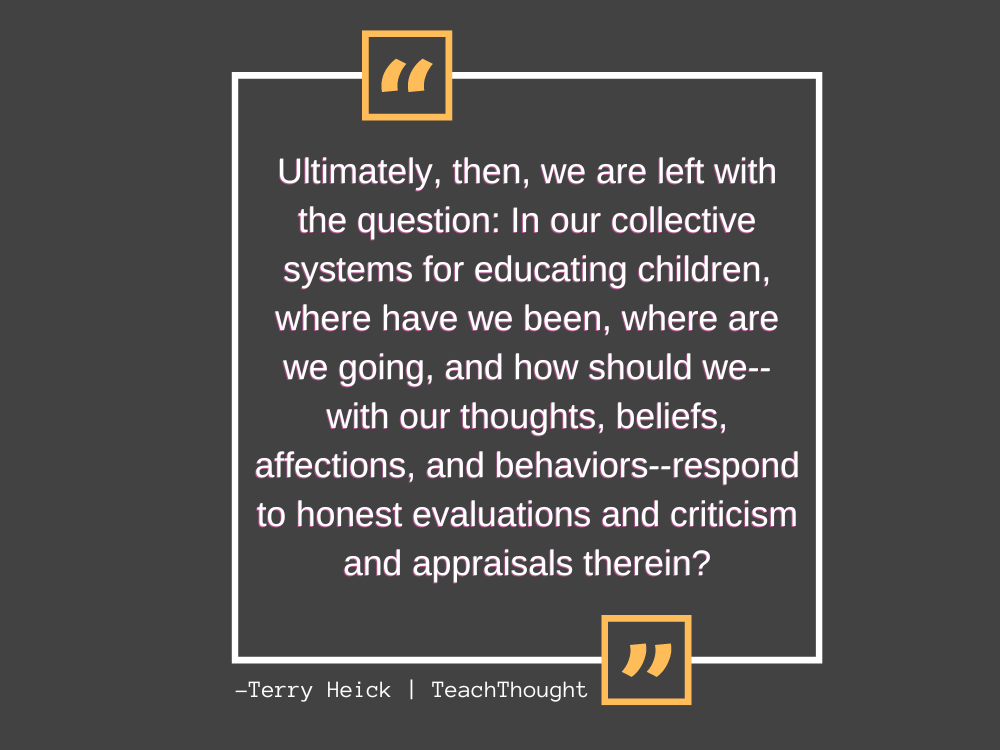
Incrementalism is the process of change by small degrees. Gradualism. This is also the process education has chosen for improvement.

The world is changing — let schools become something that works for children, something that visibly improves the arc of their lives.
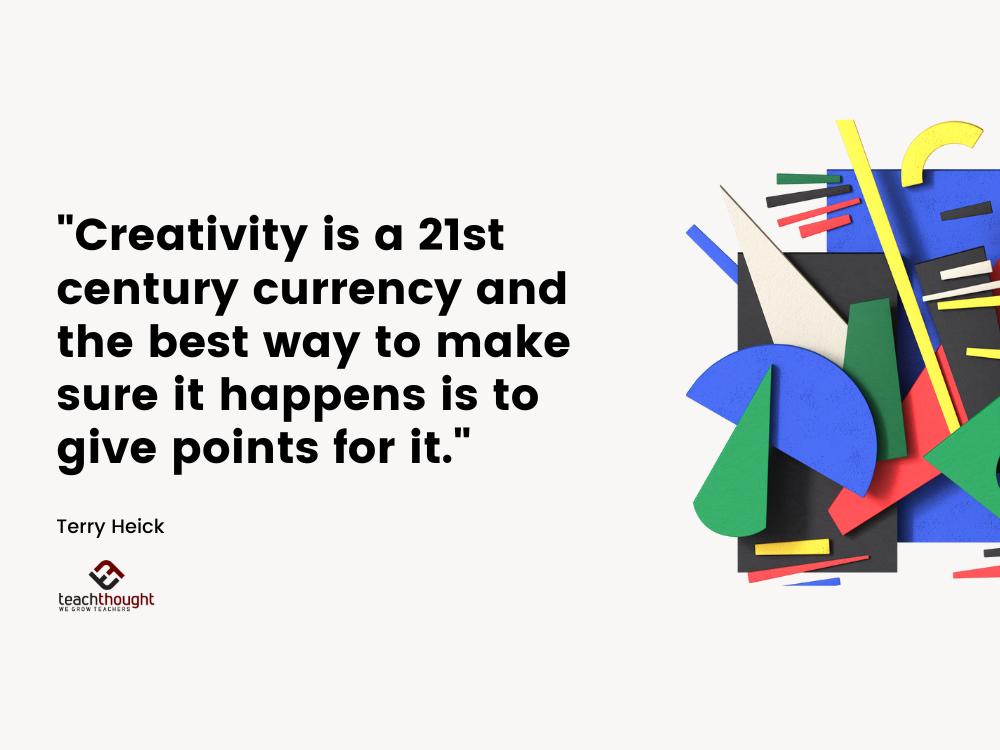
Creativity is a 21st-century teaching and learning currency–and the best way to make sure it happens is to give points for it.
This is a quick list of the tools and resources I’ve cobbled together over the years to get as close as I can to the vision of learning I have for them.
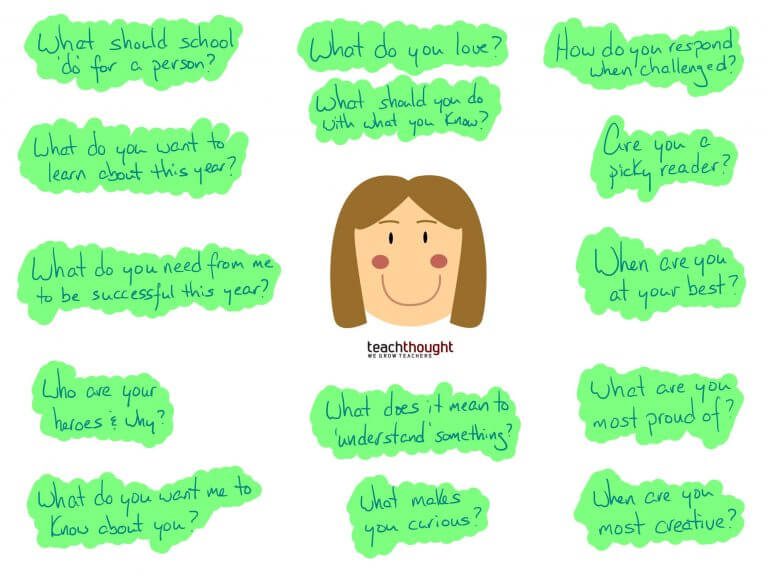
Here are 12 questions to ask students on the first day of school, including: “What do you need from me to be successful this year?”
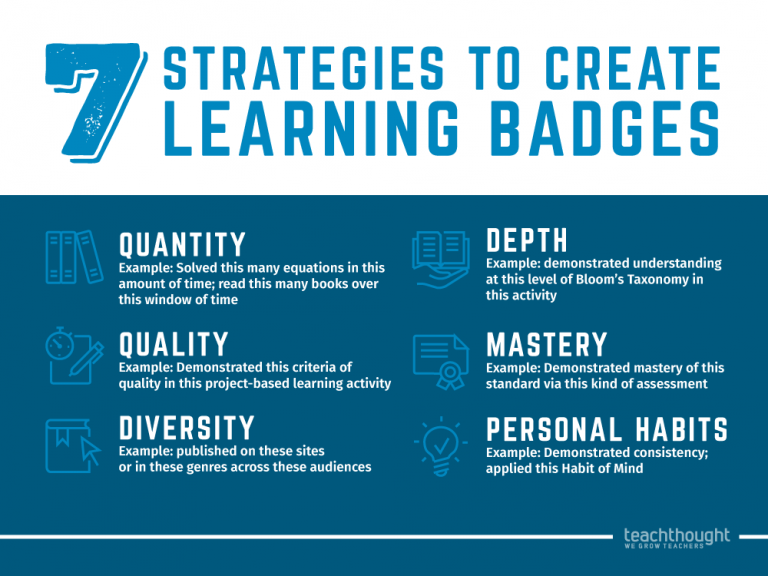
The effect of well-designed learning badges is a kind of encouragement mechanic that helps students see their own progress.
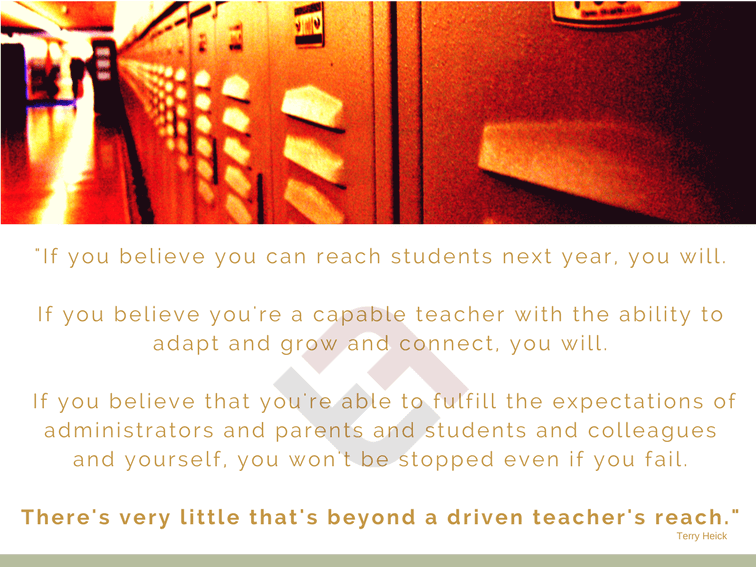
Ask yourself if teaching is good for you. Healthy. Sustainable. What you want to do and be. A lot has changed in education. A lot.
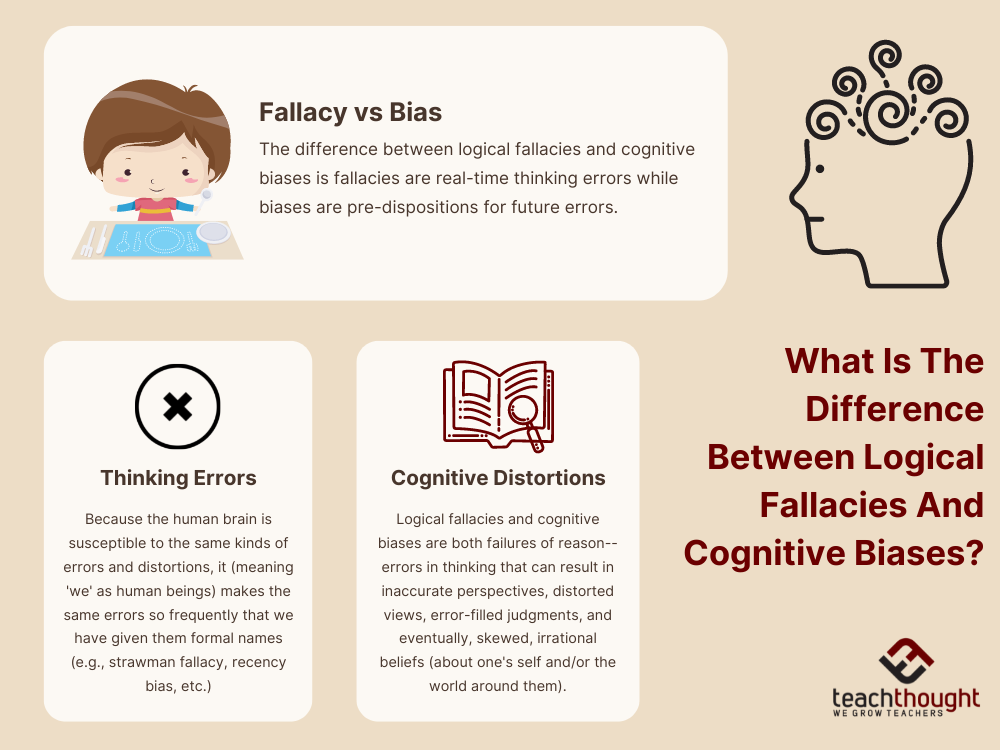
The difference between fallacies and biases is a matter of timing: fallacies are real-time thinking errors while biases are pre-dispositions for future errors.
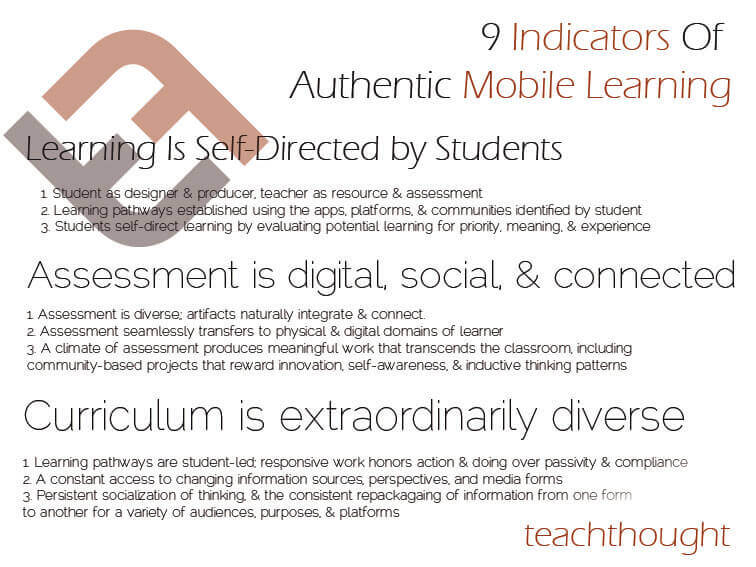
Designing instruction around tablets requires some slight shifts in how you view when, why, and how learning happens.
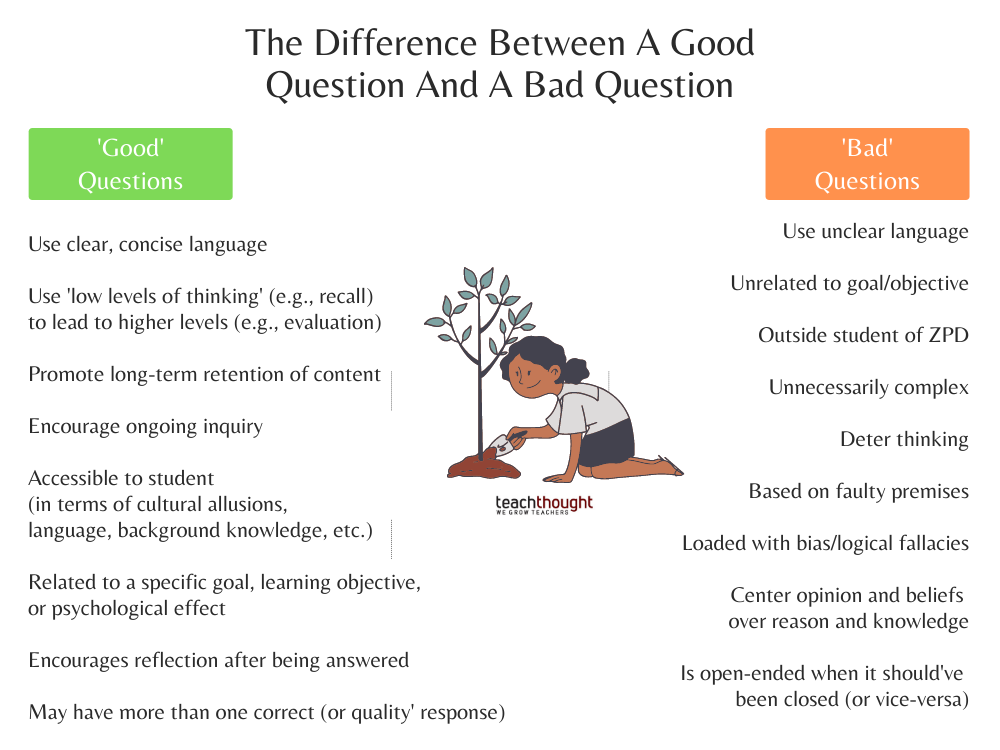
A question is only a strategy (for inquiry) and must therefore have a purpose if we want to evaluate its quality.
What Are 3 Simple Strategies For Smarter Curriculum Mapping? by Terry Heick The school year isn’t a series of sprints, but the way you forge your curriculum can make it feel that way. The most common way of structuring how you teach is by first assembling standards into units, then those units into lessons. You…

From this practice, you learn to experience, to realize, that what happens to you, and what you do are one in the same process.